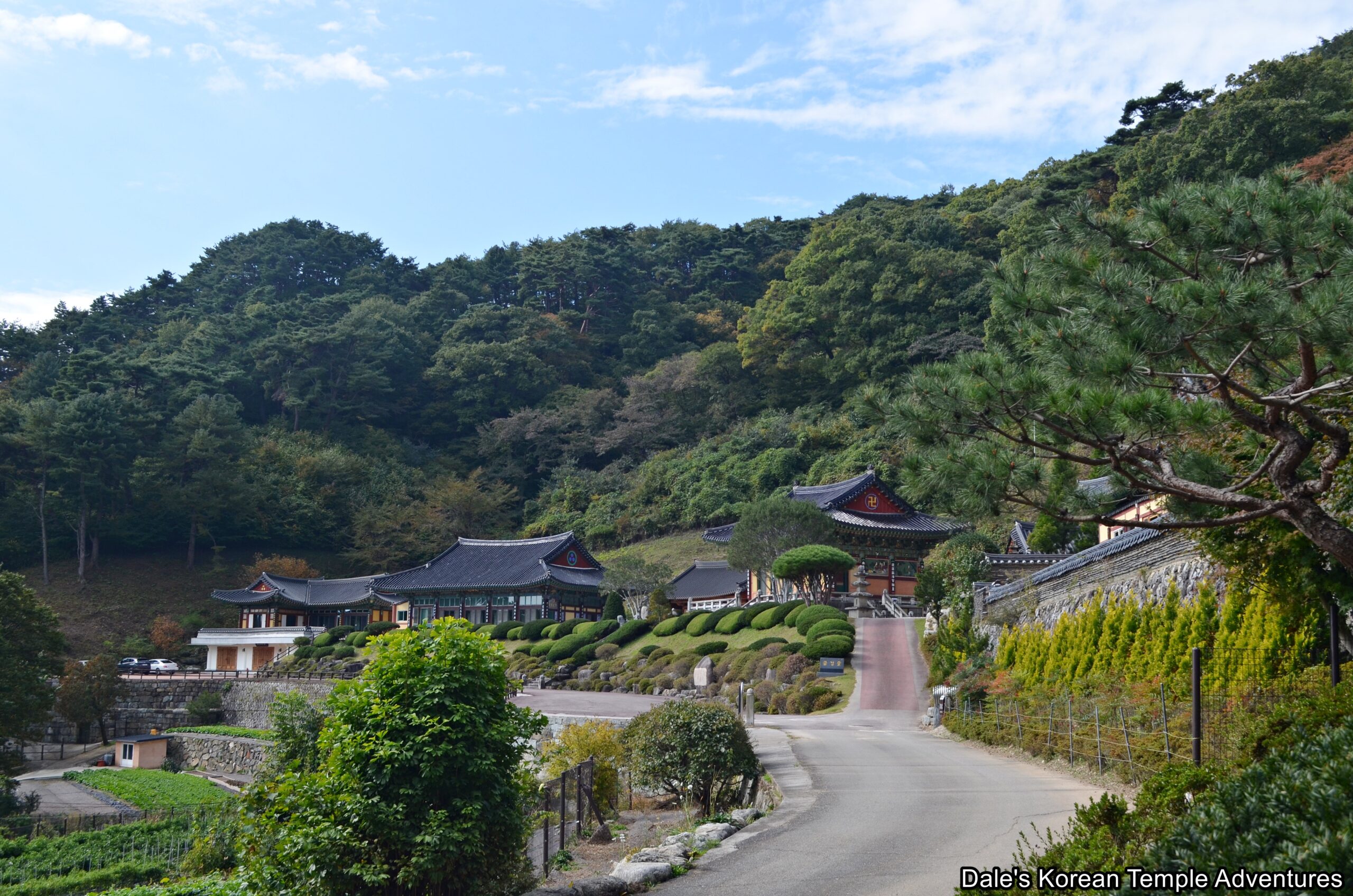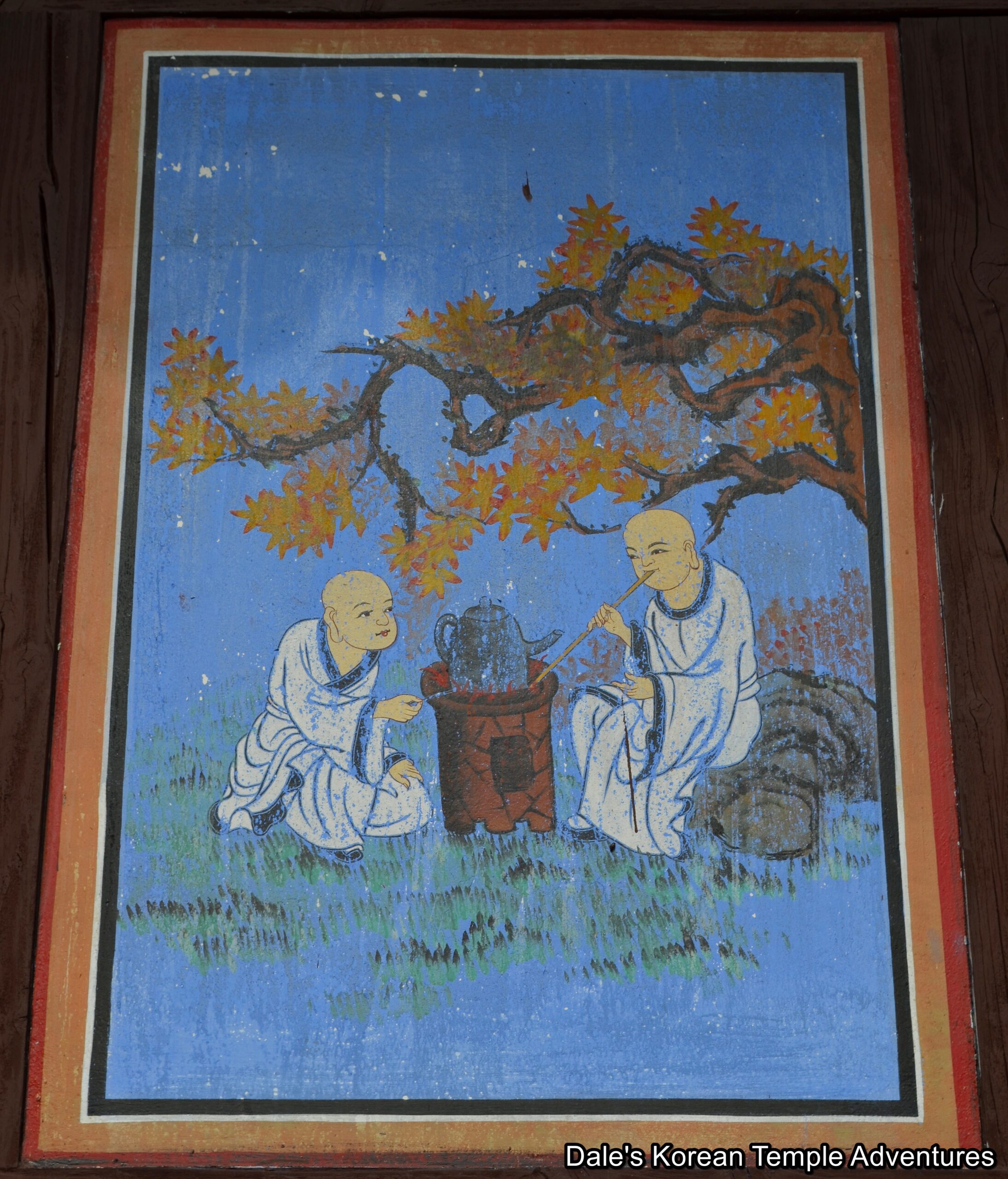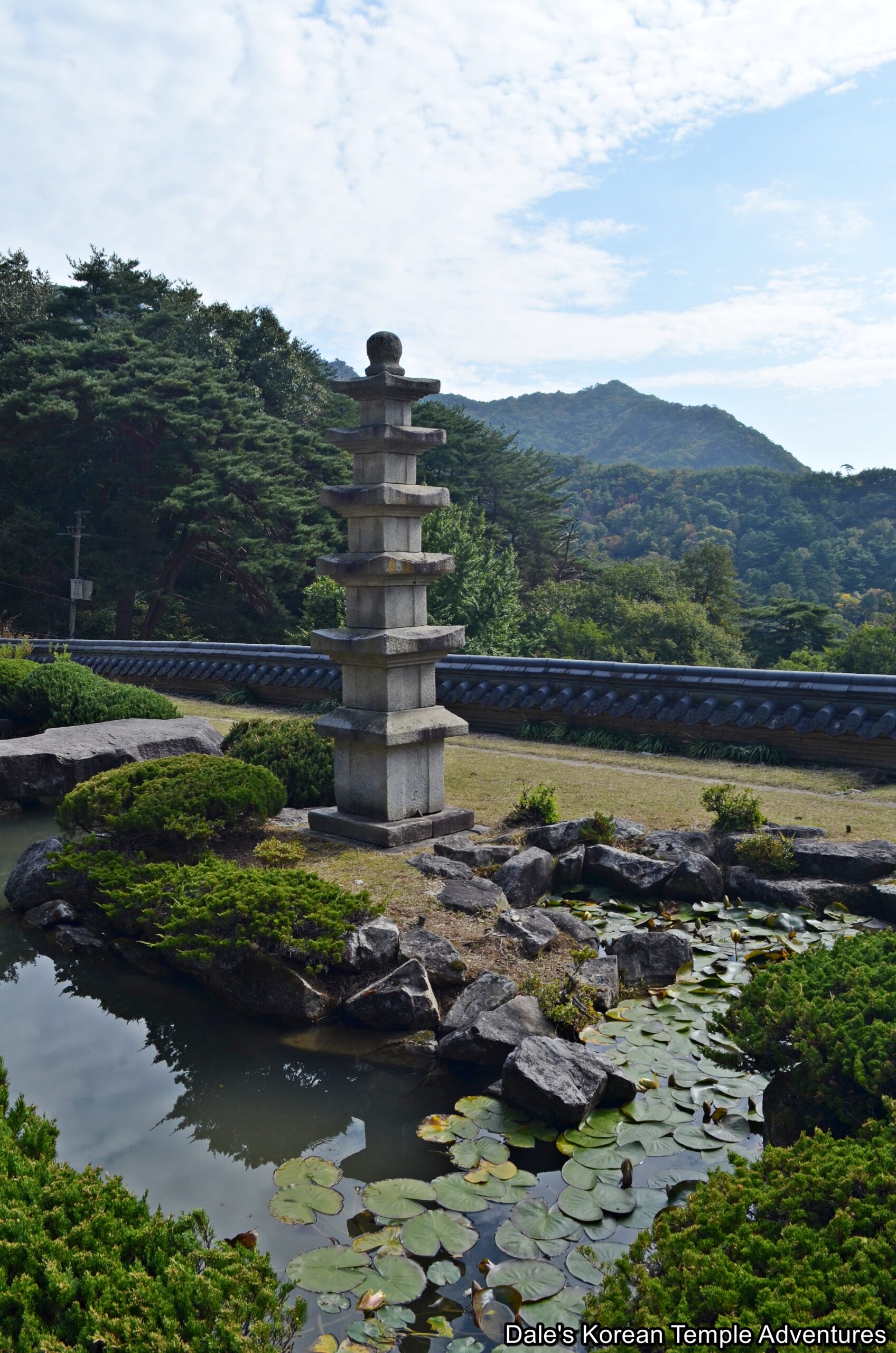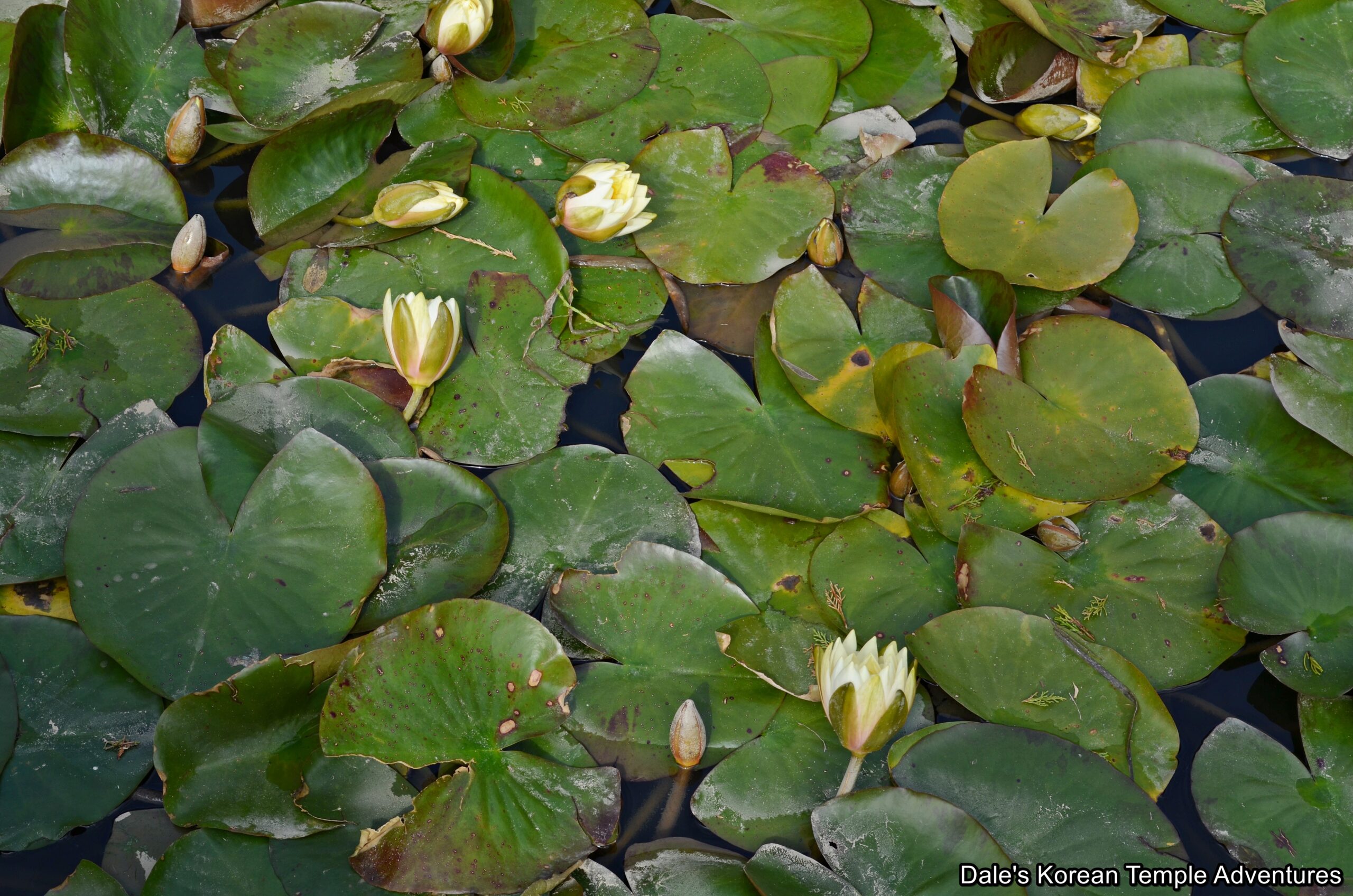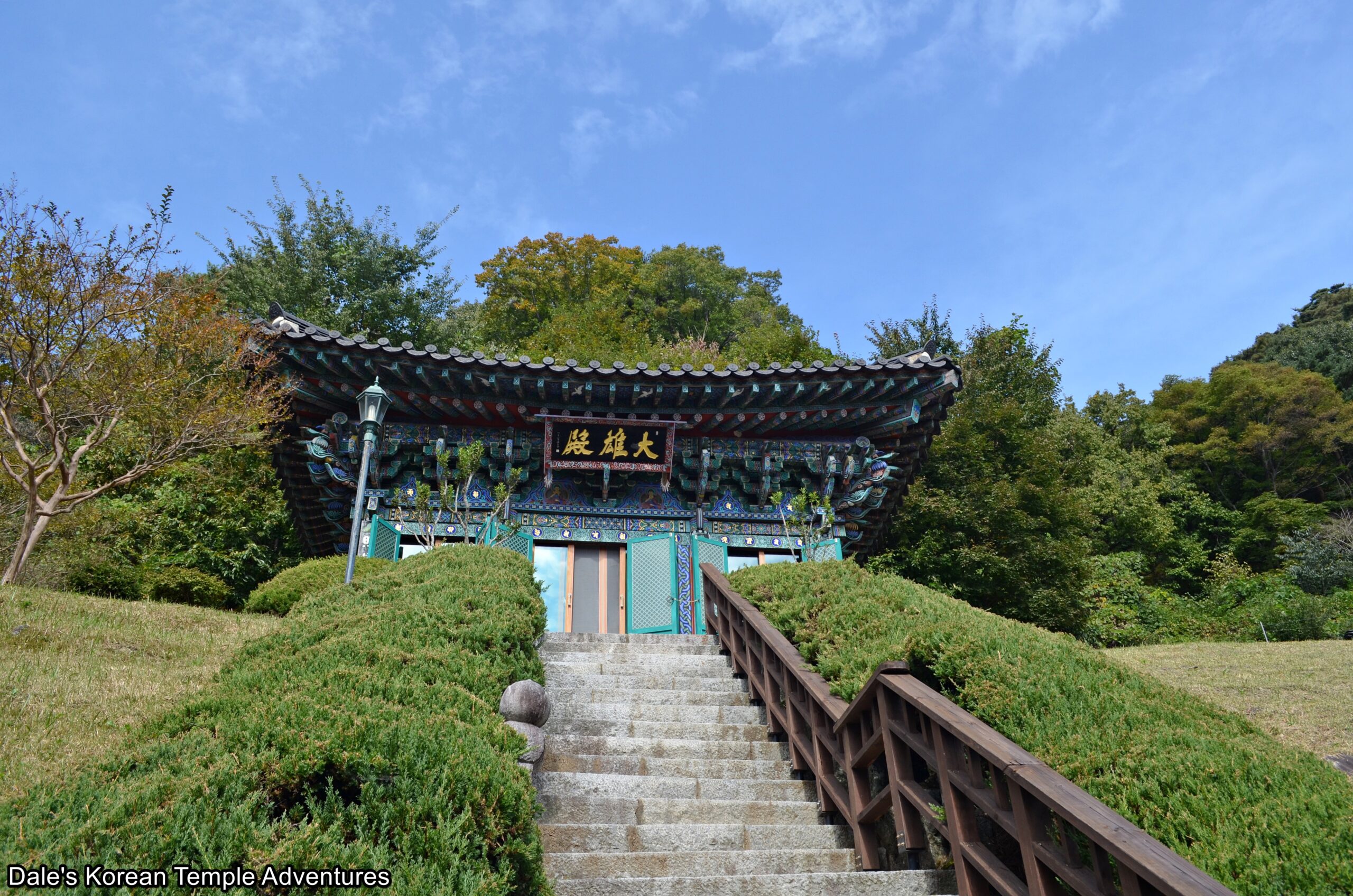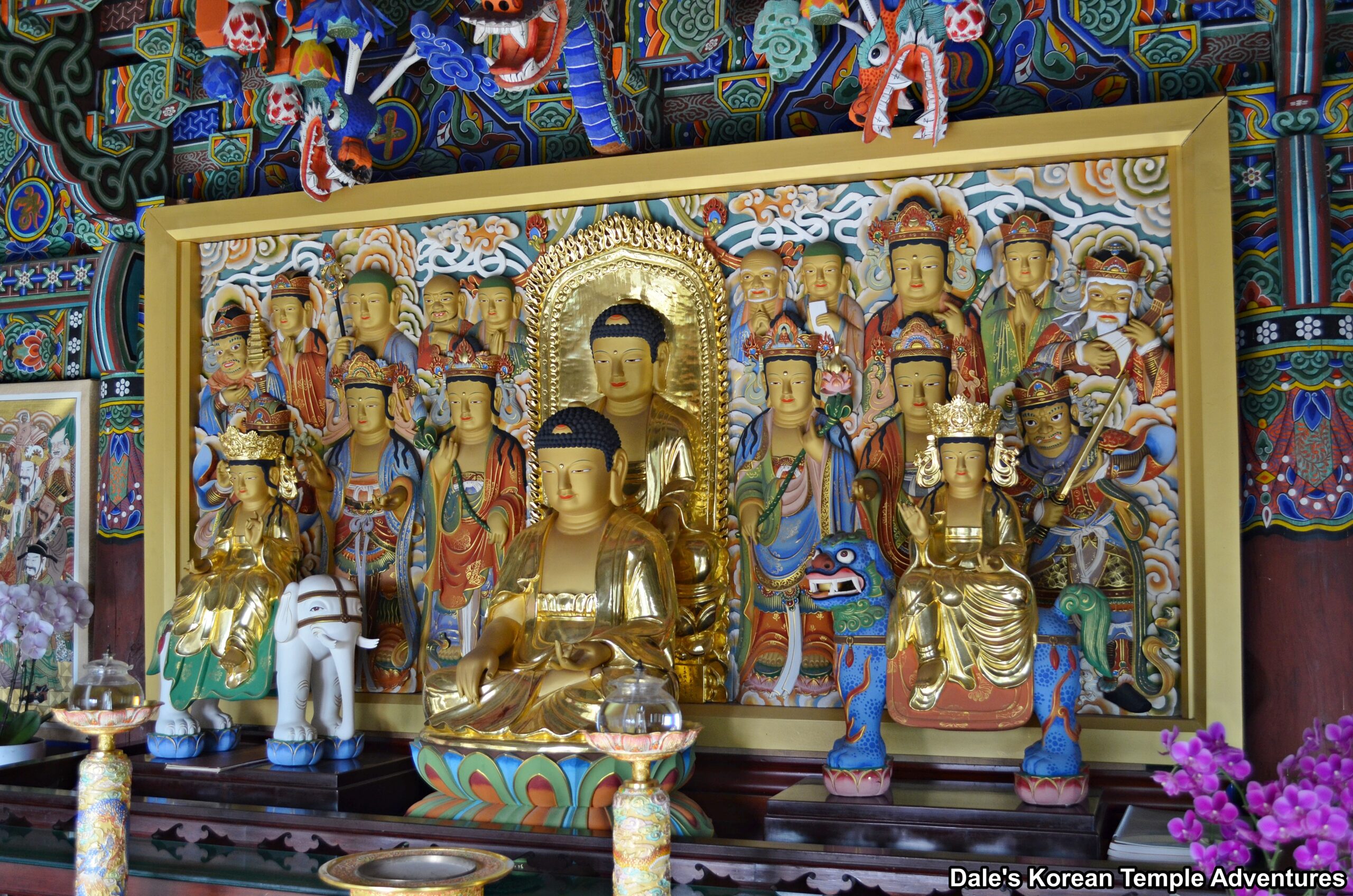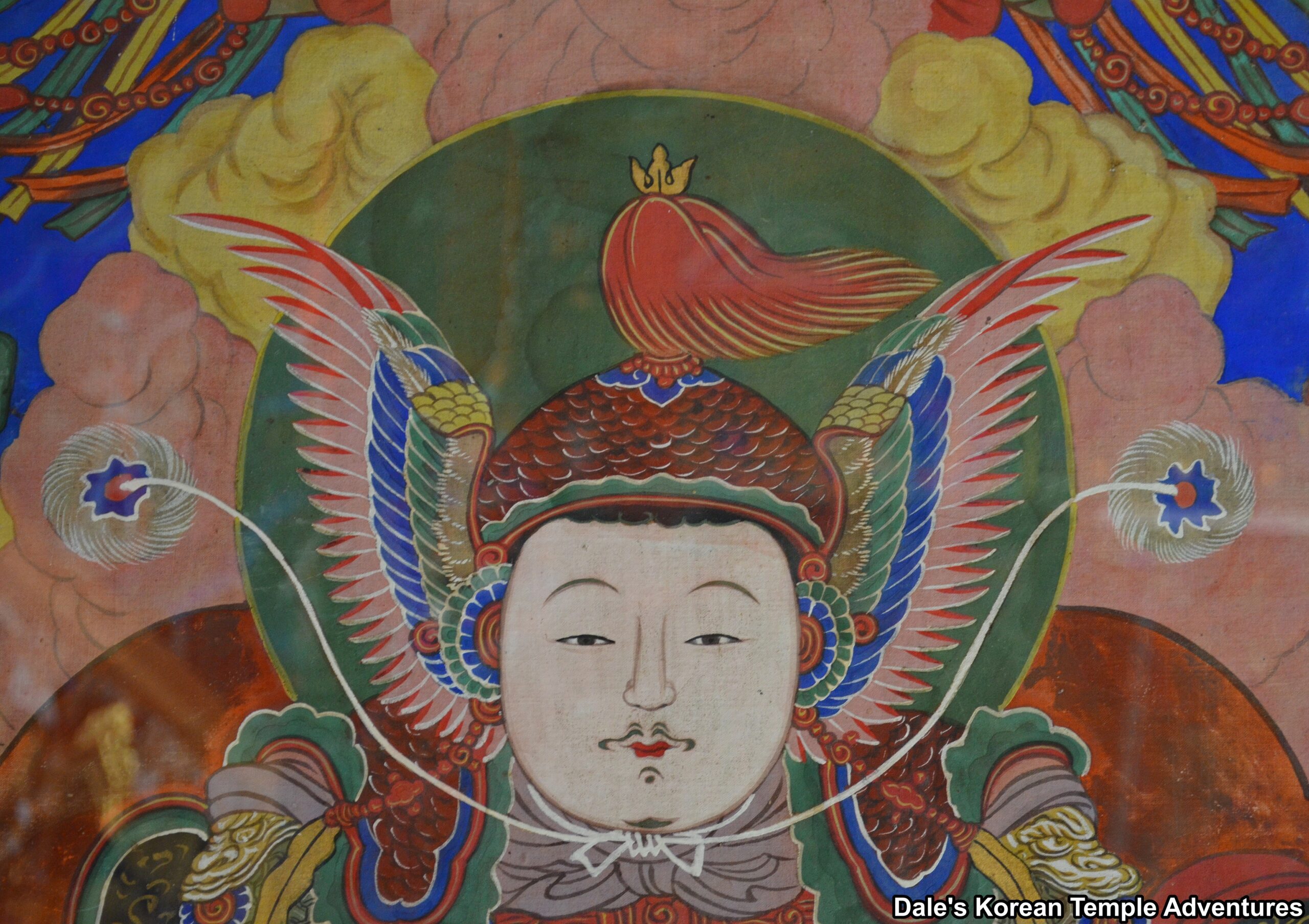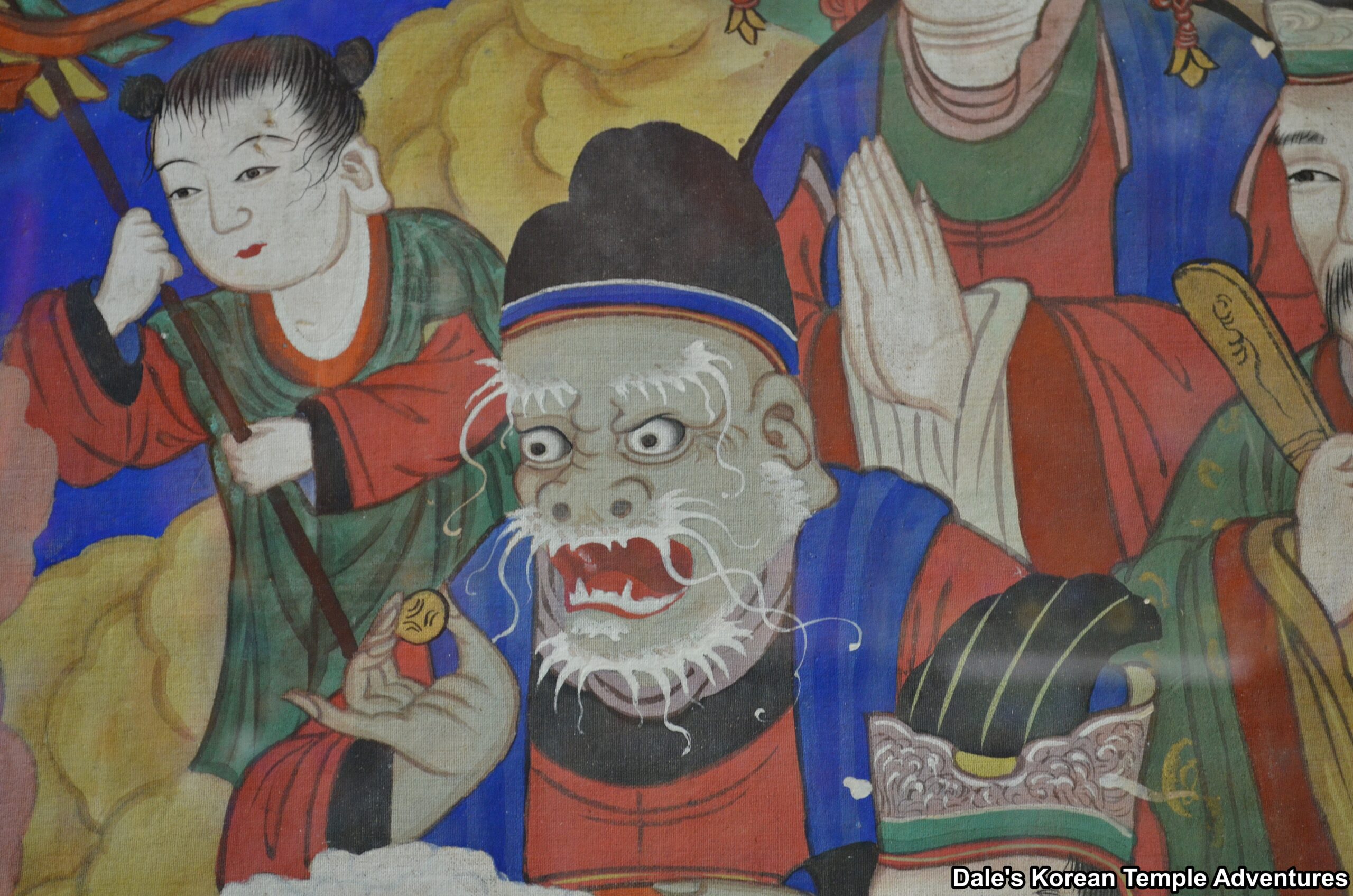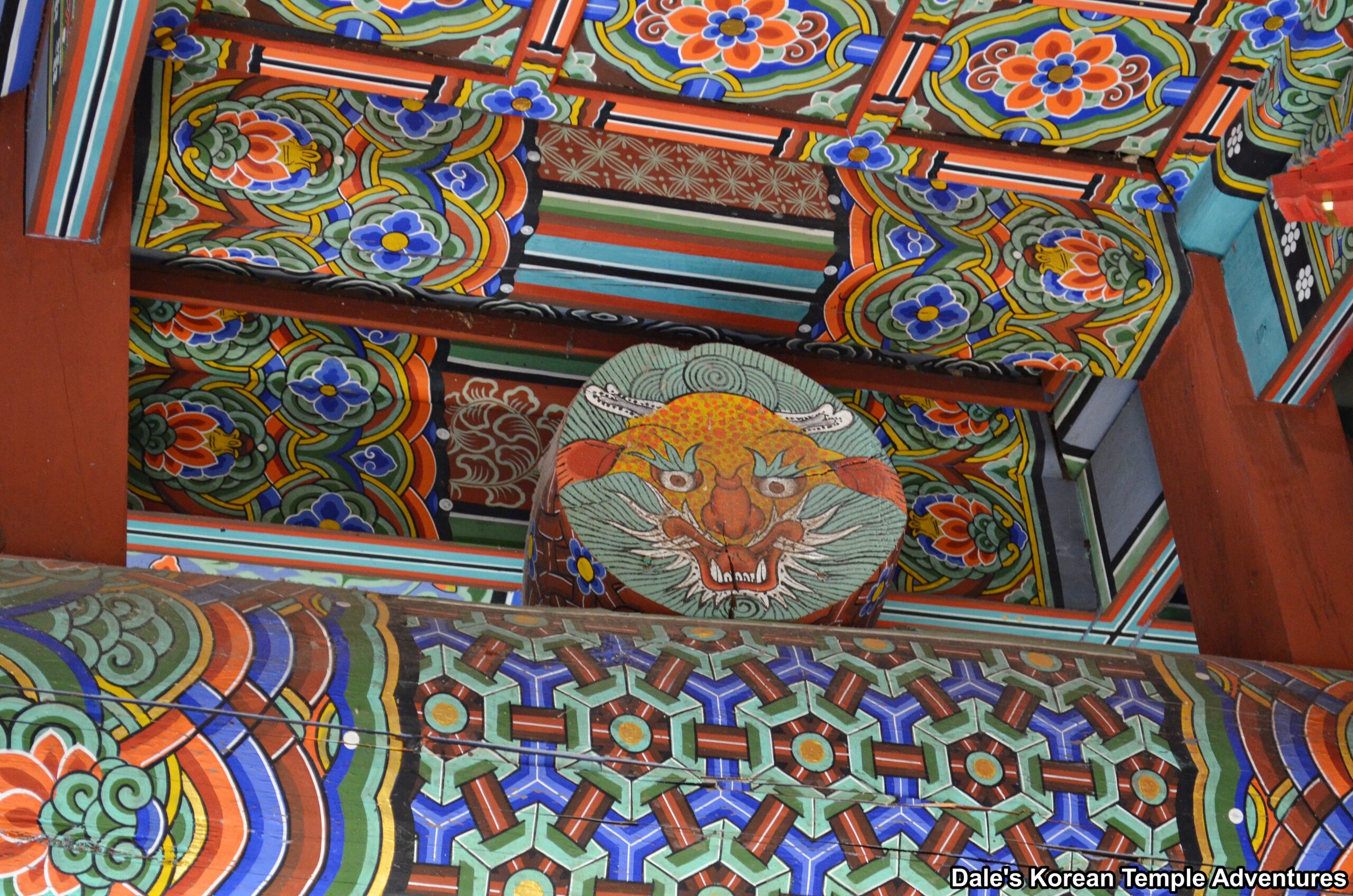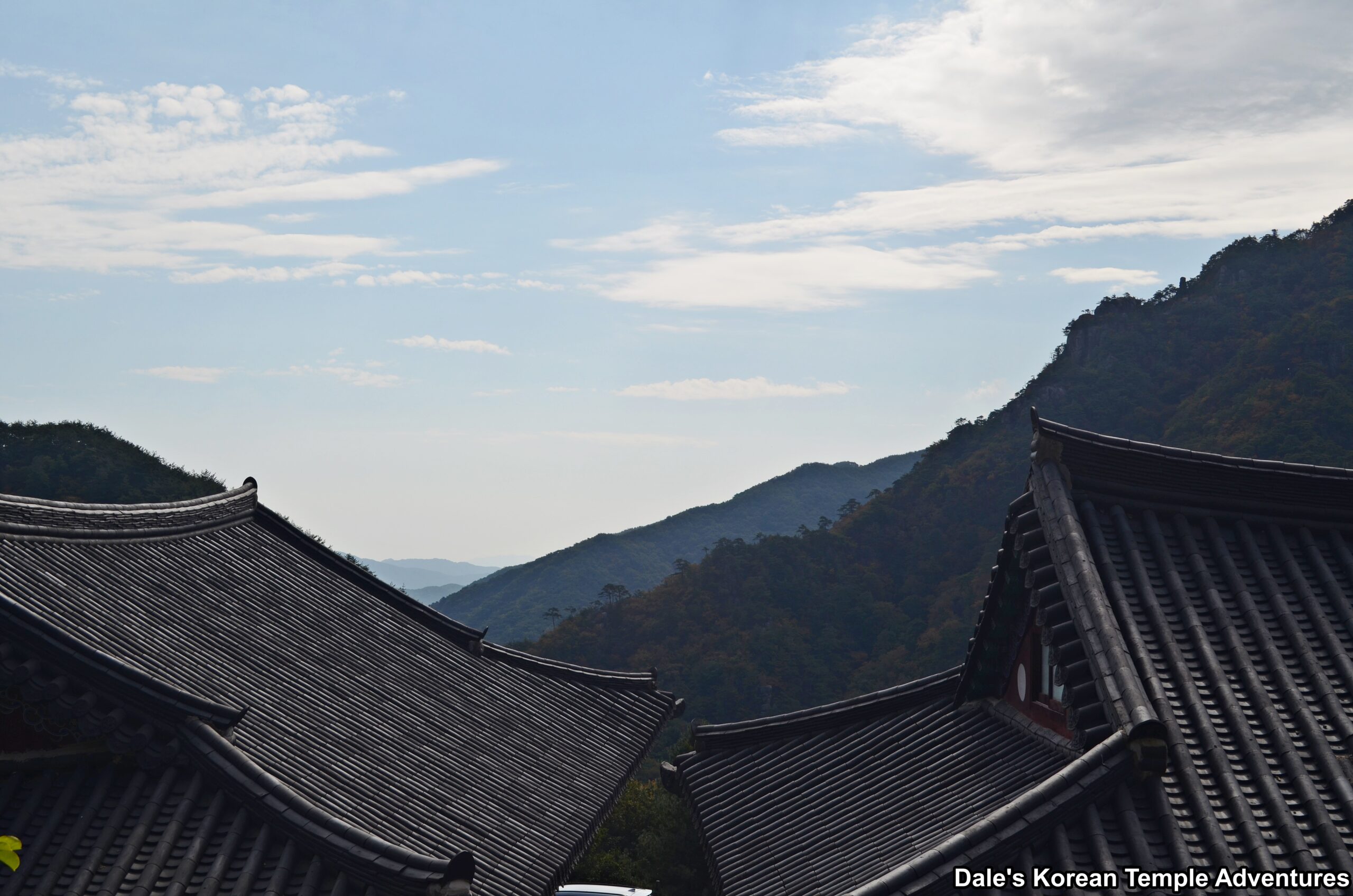Bohyeonam Hermitage – 보현암 (Hapcheon, Gyeongsangnam-do)
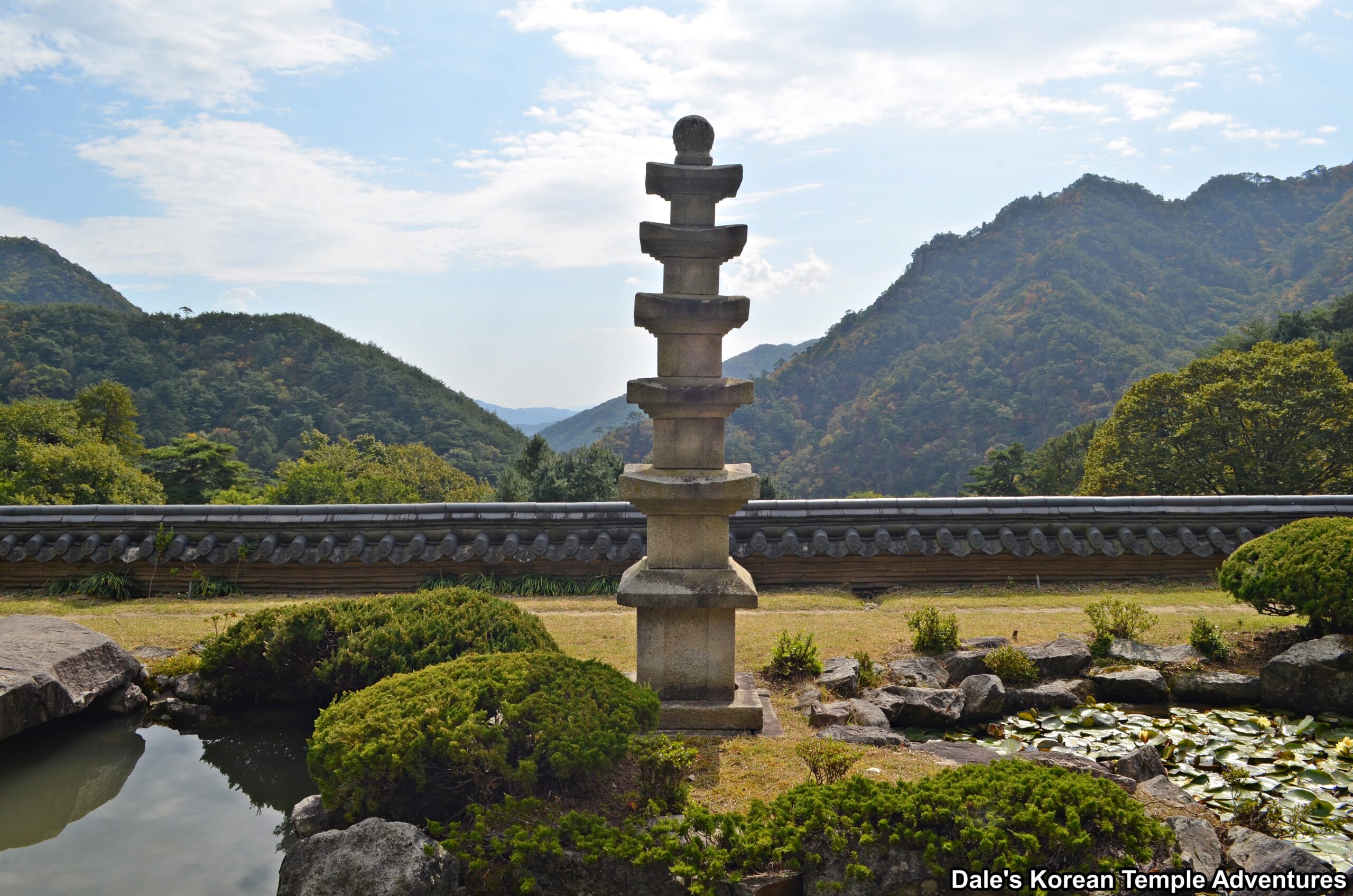
Hermitage History
Bohyeonam Hermitage is located on the Haeinsa Temple grounds in Hapcheon, Gyeongsangnam-do. The hermitage gets its name from Bohyeon-bosal (The Bodhisattva of Power). The hermitage, which is also scenically located in Gayasan National Park, was first founded in 1973 by nun Hyechun. Hyechun is an important figure in Korean Buddhism in the 20th century. She was born in Bukcheong, Hamgyongnam-do, North Korea in 1919. She would actively participate in the Buddhist Purification Movement (1954-62). She would also help in the creation of the Jogye-jong Order. Later, and after founding Bohyeonam Hermitage, she would serve as the chairperson of Korea’s bhikkuni (nuns). Through her efforts, they would contribute to the growth of nuns in Korea.
Hermitage Layout
Bohyeonam Hermitage is located to the southwest of Haeinsa Temple and up a bit of a winding road. You’ll find a collection of shrine halls and buildings in this area. To the far left, you’ll find Geumgang-gul; and to the right, you’ll find the collection of buildings that comprise Bohyeonam Hermitage.
Because Bohyeonam Hermitage is such an active hermitage, you’ll find two large buildings to your far right as you first approach. These are a large collection of nuns’ dorms. Beyond these, and a little further to the left, you’ll see a beautiful Koi pond in the centre of the main hermitage courtyard. Fronting this Koi pond is a slender five-story pagoda. To the right of this pagoda is a boulder-like bridge that spans the width of the pond. It’s also from in front of the Koi pond that you gain beautiful views of Haeinsa Temple and its neighbouring hermitages off in the distance.
To the rear of this Koi pond is another collection of nuns’ dorms, and to the left is the administrative office and kitchen at Bohyeonam Hermitage. Hidden behind the central nuns’ dorms is the main hall at the hermitage. This isn’t a first for hermitages at Haeinsa Temple because there are others like Yaksuam Hermitage and Gukilam Hermitage that also hide their main halls quite well.
To the left, and between the central nuns’ dorms and the kitchen facilities at Bohyeonam Hermitage, you’ll find a pathway, and eventual stone stairs, that lead up to the hermitage’s main hall, the Daeung-jeon Hall. The exterior walls to the compact Daeung-jeon Hall are adorned with fading Palsang-do (The Eight Scenes from the Buddha’s Life Murals). Stepping inside the Daeung-jeon Hall, you’ll find a main altar occupied by a central image dedicated to Seokgamoni-bul (The Historical Buddha). On either side of this central image are a pair of statues. The image to the right is dedicated to Munsu-bosal (The Bodhisattva of Wisdom), who rides a blue haetae; while the statue to the left is Bohyeon-bosal (The Bodhisattva of Power), who rides a white elephant. Hanging on the far right wall is an older Shinjung Taenghwa (Guardian Mural). And if you look up at the ceiling of the structure, and at the ends of the beams in particular, you’ll find some beautiful and colourful Gwimyeon (Monster Masks).
How To Get There
To get to Bohyeonam Hermitage, you’ll first need to get to Haeinsa Temple. From the Hapcheon Intercity Bus Terminal, you’ll need to board a bus bound for Haeinsa Temple. The bus ride is about 5,000 won. From where the bus lets you off at Haeinsa Temple, you’ll need to find the trail that leads up to Haeinsa Temple. The walk is about one kilometre, and the trail starts to the left of the Haeinsa Temple museum. Arriving at Haeinsa Temple, and standing next to the Iljumun Gate, you’ll need to head south of this entry gate for 550 metres. Follow the signs as they guide you. The walk should take about 10 to 15 minutes.
Overall Rating: 2.5/10
Bohyeonam Hermitage is one of the busier hermitages that you’ll visit on the Haeinsa Temple grounds. As a result, there are just a couple things that visitors can explore like the beautiful Koi pond and five-story pagoda at the front of the hermitage grounds, as well as the Daeung-jeon Hall to the rear of the grounds. As for the main hall, it’s the paintings, both inside and out, that are the main highlight to the hermitage’s Daeung-jeon Hall. Additionally, the nuns at Bohyeonam Hermitage are especially nice and kind. We were invited in for a nice hermitage lunch while we were at Bohyeonam Hermitage.
